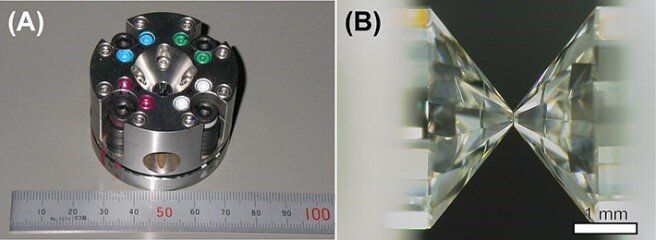A drought as bad as any in recorded history may be under way in the US.







Human clones have long been a topic of science fiction, but how far off are they in reality? Let’s take a look at current advances and see when and where we might see the first human clone.



In an effort to investigate conditions found at the Earth’s molten outer core, researchers successfully determined the density of liquid iron and the speed at which sound propagates through it at extremely high pressures. They achieved this with use of a highly specialized diamond anvil that compresses samples, and sophisticated X-ray measurements. Their findings confirm the molten outer core is less dense than liquid iron, and also put values on the discrepancy.
Jules Verne’s 1864 novel “Journey to the Center of the Earth” depicts explorers on an imaginative trip to the Earth’s core where they find a gargantuan hollow cavern hosting a prehistoric environment populated with dinosaurs. They get there thanks to a tank-like drilling machine that navigates through volcanoes. It sounds fun, but needless to say, it’s a far cry from reality, where researchers explore the inner Earth with a range of techniques and instruments from the comparative safety of the Earth’s surface.
Seismic equipment that measures how earthquakes travel through the planet are pivotal to map some of the larger structural arrangements within the Earth, and thanks to this, it has long been known that at the heart of the Earth lies a solid core surrounded by a less dense liquid outer core. For the first time, experiments and simulations have shown researchers details about this outer core that were previously unobtainable. And these studies reveal some fascinating details.
